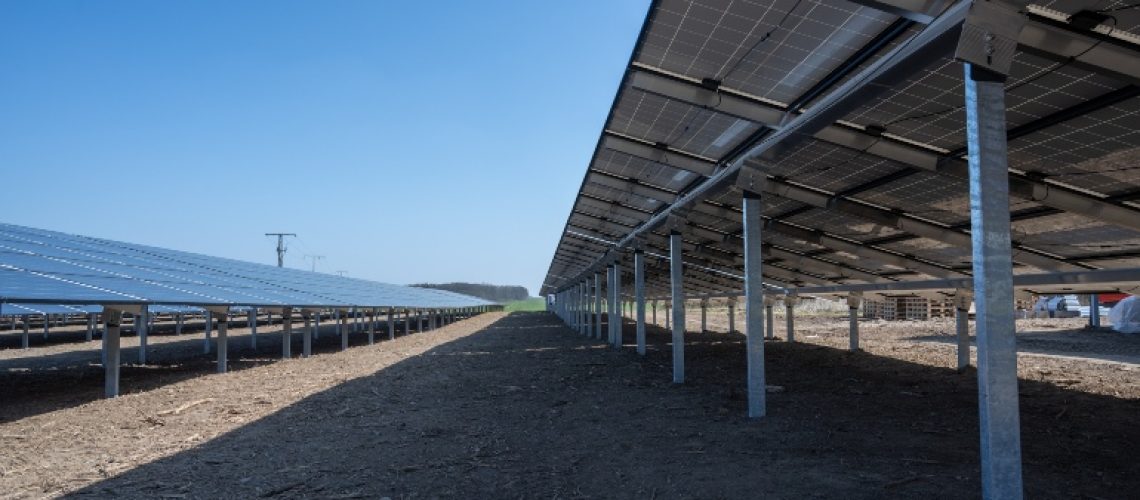The Solar Energy Industries Association (SEIA) has issued countermeasures for a change to the 2024 International Building Code that could increase the costs and inspection requirements of ground-mounted solar projects.
FEMA has proposed raising the risk category for ground-mounted solar from risk category I — which includes buildings that represent a “low hazard to human life in the event of failure,” like storage facilities and agricultural buildings — to category IV, which are “designated as essential facilities and buildings where loss of function represents a substantial hazard to occupants or users,” according to the IBC. Among the structures in category IV are first responder facilities, public utilities and power-generating stations, which would include PV solar.
SEIA argues that the leap in risk categories could increase the material makeup of solar racking and modules necessary to meet that level of inspection criteria, thus driving up manufacturing and project costs. FEMA’s proposal comes shortly after the passage of the Inflation Reduction Act, federal legislation that includes long-sought renewals for solar investment tax credits and new production tax credits meant to bolster domestic manufacturing.
“This is a gross overreach,” wrote Abby Hopper, CEO and president of SEIA, in a blog post. “There is no extended record of irreparable damage to solar arrays from higher seismic, wind or snow loads, and there is no justification for these overly burdensome codes.
“In practice, this code change will make most solar and storage projects too costly to build, which will weaken the grid and stop clean energy development in its tracks — all without any benefits to reliable electric service,” she continued.
SEIA’s rebuttal to FEMA’s proposal (IBC S76-22) requests that solar photovoltaic facilities are instead placed in risk category II (S79-22 and S81-22), which is composed of other low-risk structures. The organization argues that solar arrays pose little risk to people and continue to produce power through high weather events and natural disasters.
SEIA is addressing a letter to the International Council Code calling for the rejection of S76-22 and approval of S79-22 and S81-22.



